There are many considerations to think about when selecting your camera of choice for your next shoot. Deciding which camera and lenses will work best for your needs will require some forethought on your shooting style and conditions. Keep these 5 tips in mind the next time you place your rental order with Capture Integration for a seamless transaction.
1) Digital back choices: Phase, Leaf, or Hasselblad – CCD or CMOS.
The Medium format digital camera industry has pushed the advancement in sensor technology to new levels. With that being said there are many more options today to choose from when it comes to digital backs. Phase One, Leaf, and Hasselblad have offerings that range from 40 megapixels up to 100 megapixels. The biggest differentiation between digital backs are the sensor size and sensor type. Full-frame 645 sensors are found in 60MP, 80MP, and 100MP digital backs while crop sensors are found in 40MP & 50MP digital backs . The benefit of a full-frame sensor is complete coverage of the focal length of the lens without any crop factor. This is important to note if your work requires you to shoot on wide angle lenses where absolute coverage is a key factor to a proper composition. The benefit of using a 50MP digital back would be the phenomenal live view performance or perhaps the great ISO sensitivity provided by the CMOS sensor.
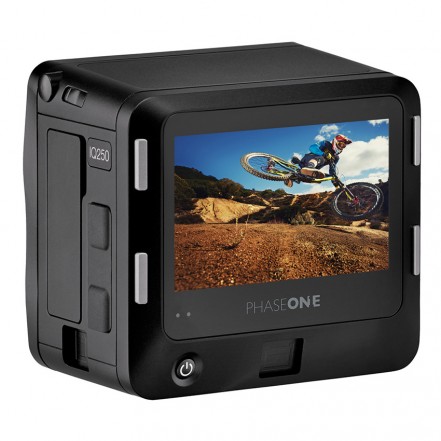
Benefits of CMOS
Phenomenal Live view
Usable ISO up to 1600
Low Noise Shadow Recovery
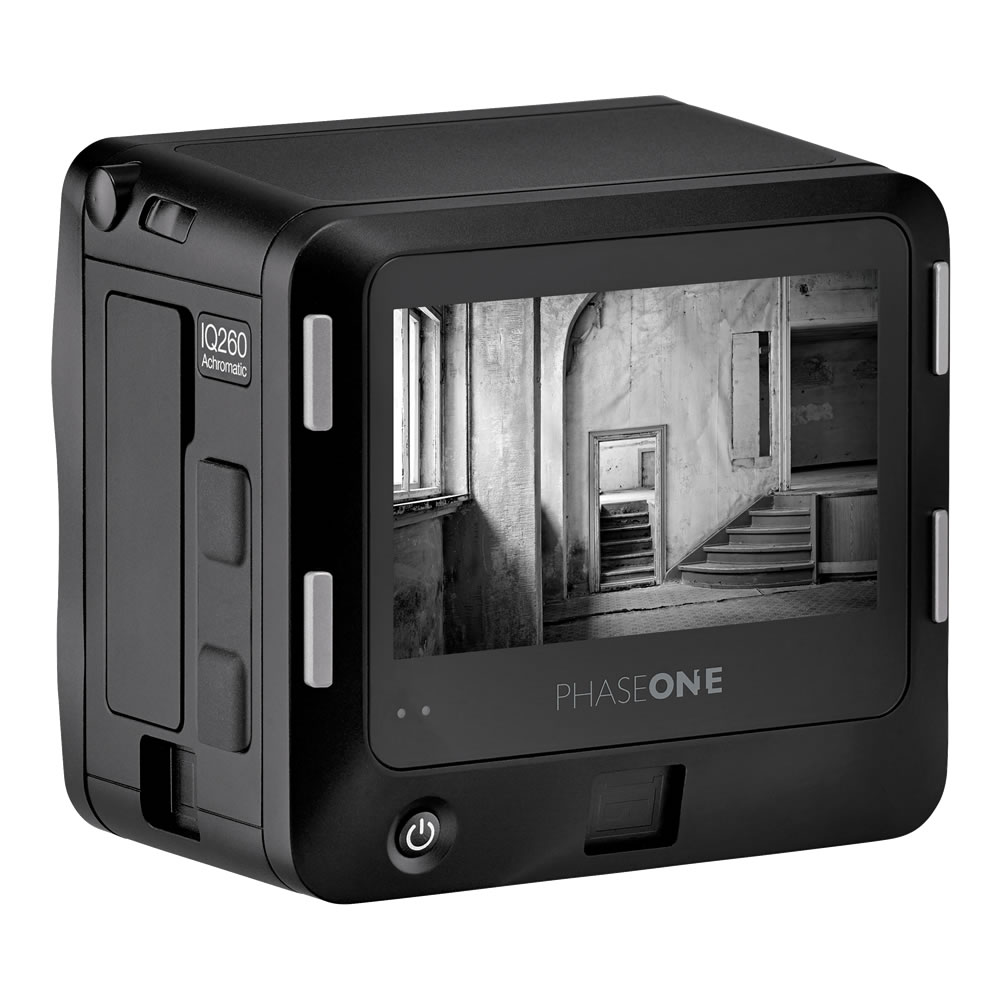
Benefits of CCD
Improved Dynamic Range
Long Exposure Modes (IQ260, 360, 380)
Great highlight recovery
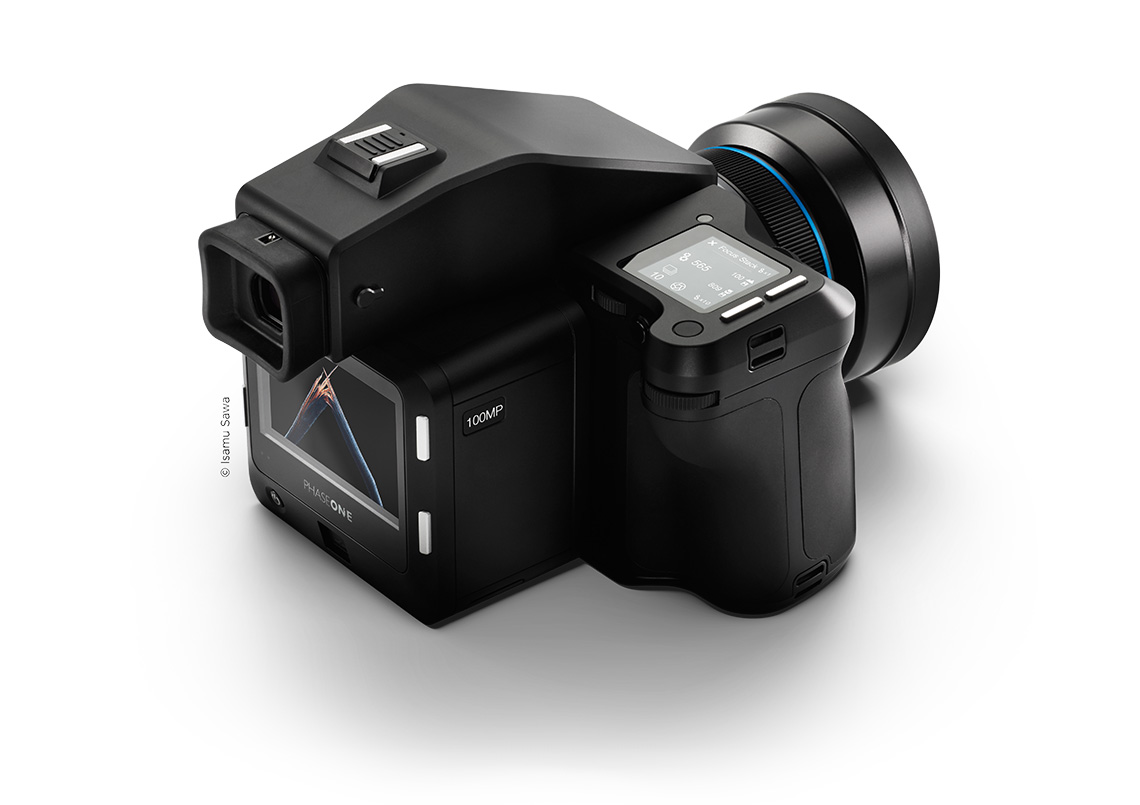
Benefits of Phase One XF & IQ
Integrated camera communication between camera body, digital back and Capture One software
Robust build quality
Feature set not found in any other camera available
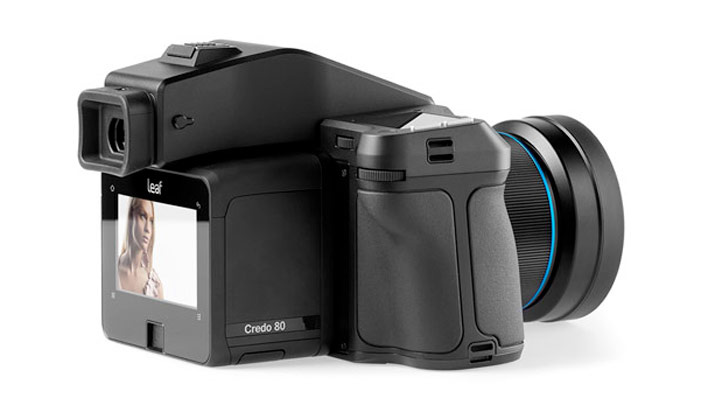
Benefits of XF & Leaf Credo
Great color science
Simplified user interface
Immense support for ICC color profiles in C1 Pro
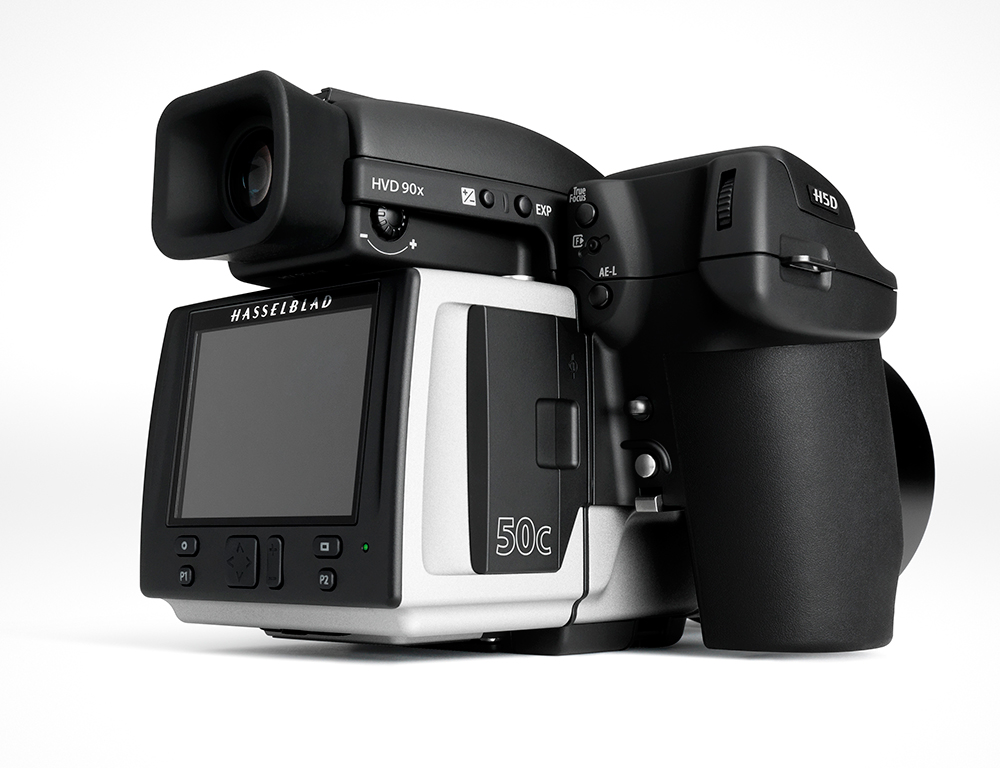
Benefits of Hasselblad (HxD Integrated systems or H5x/H4x Camera Bodies)
Ability to use the True Focus system
Great Ergonomics
2) Lens choices ( Leaf Shutter vs Focal Plane )
Leaf shutter lenses allow for faster syncing speeds when shooting with studio strobes. An added value for photographers who need to blend daylight and ambient light. Phase One XF/DF+ bodies have the ability to sync up to 1/1600th using the Schneider Kreuznach leaf shutter lenses. Hasselblad H5X and H4X bodies can sync up to 1/800th of a second using the HC and HCD lenses. Focal plane shutter lenses lack the ability to sync at high shutter speeds, typically 1/125th, but generally tend to be smaller in overall size.
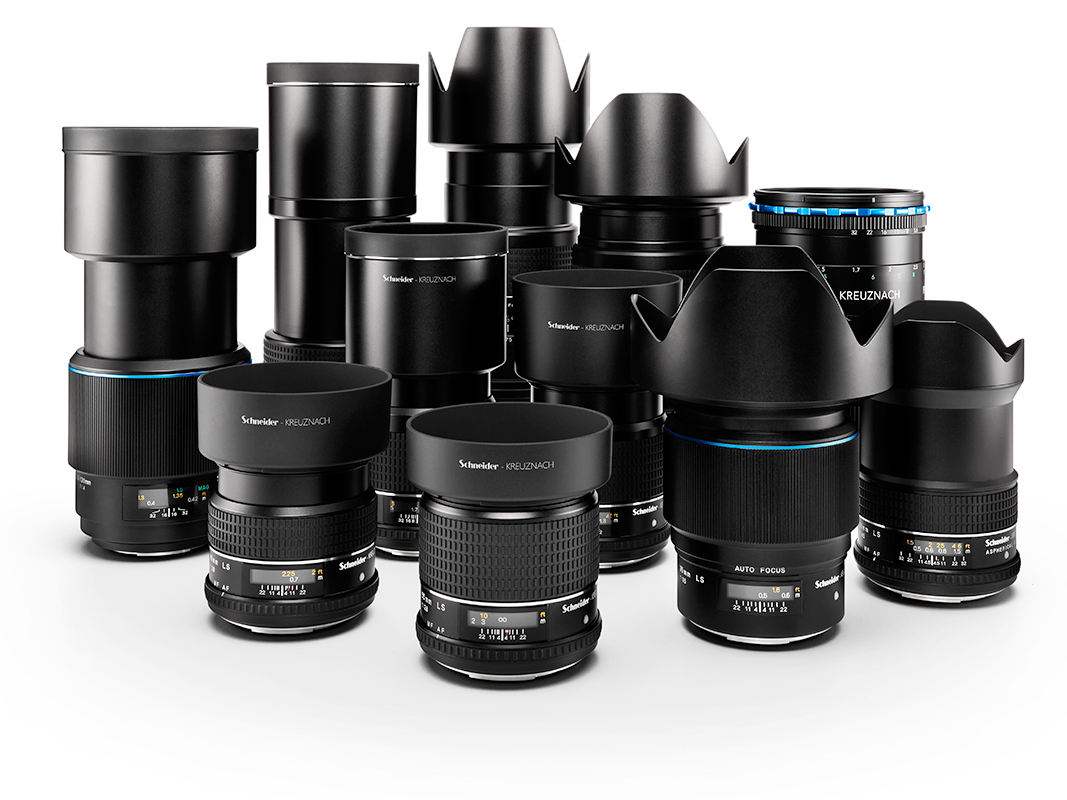
3) Tethered shooting
Capture Integration includes the necessary quality tether cabling for all rentals. At your request longer cable runs such as 30′ Firewire or USB can be added to your order. When doing so here are a few important facts to know. Phase One IQ series digital backs offer two main tethered connection types, USB 3 and Firewire 800. Hasselblad Integrated cameras offer a single Firewire 800 port for a tethered connection which requires a proprietary 90 degree right angle cable. When picking your choice of camera insure that your computer has the appropriate connection ports to support your tethering needs.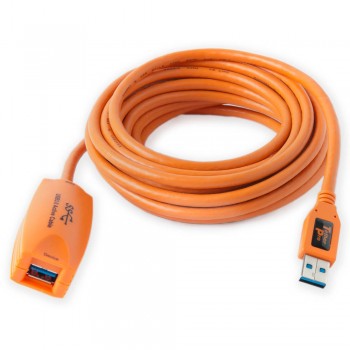
It is important to note that a powered cable solution is needed to support cable lengths beyond 15′ feet for both USB and Firewire 400 & 800. Newer generation computers are slowly moving away from Firewire 800 and are relying more on a Thunderbolt connection. This presents a problem if you are in need of a Firewire 800 connection when your machine only has Thunderbolt and USB. An Apple Thunderbolt to Firewire 800 adapter is a quick solution to this issue, though it can become a weak link in your connection over a period of time, as we have seen these particular adapters fail. If you are planning on using a Thunderbolt to Firewire adapter it is always a good idea to keep a spare handy.
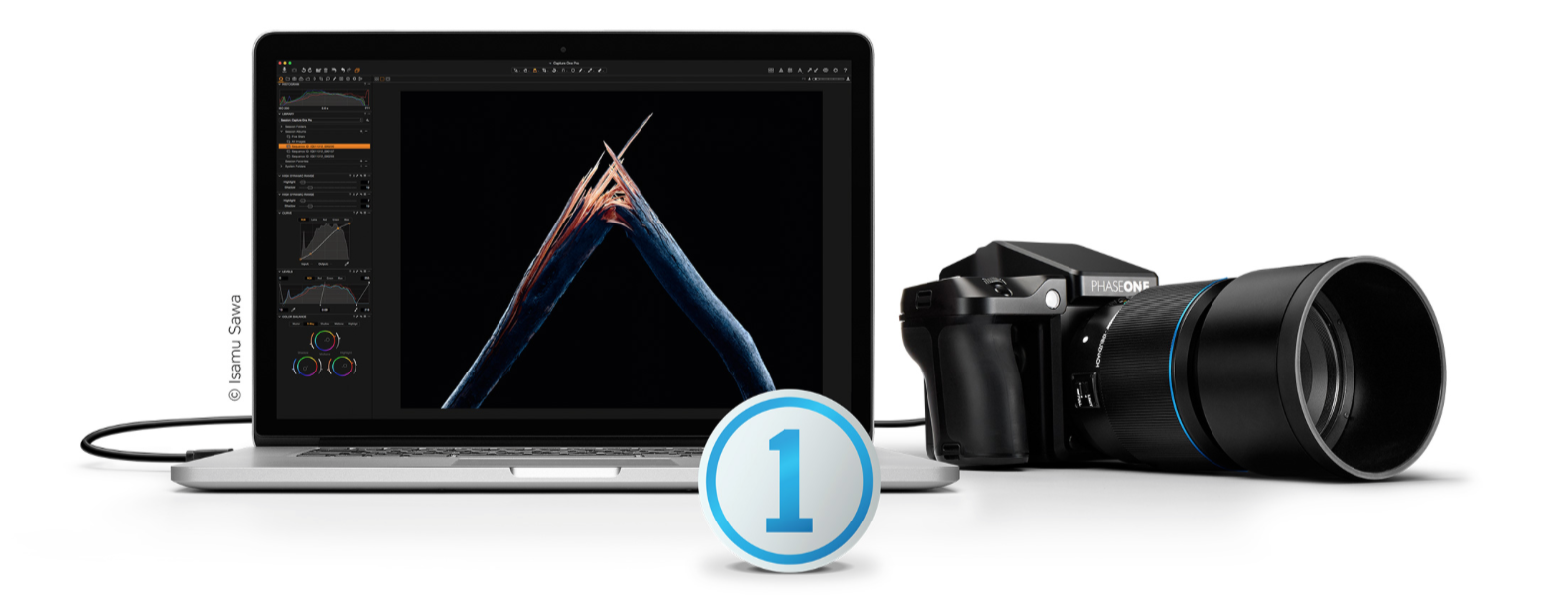
4) Media Choices/File transfer & Back Up Storage Media
Medium format cameras use state of the art image processors to capture an image. These images processors rely on fast write speeds to provide the user with a buffer free image transfer rate. Make sure that you are using the adequate speed compact flash card(s) to insure the best performance of the camera system you are using. UDMA 7, which stands for Ultra Direct Mode Access 7, is the latest transfer mode under the UDMA interface. UDMA 7 allows a maximum transfer rate of up to 167MB/sec. Lastly, when you are planning your shoot be sure to take into account the storage capacity of the media that you use. 32GB and 64GB Compact Flash cards are highly recommended. USB3 or Thunderbolt Compact Flash card reader will allow for fast transfer while downloading images from the CF card.
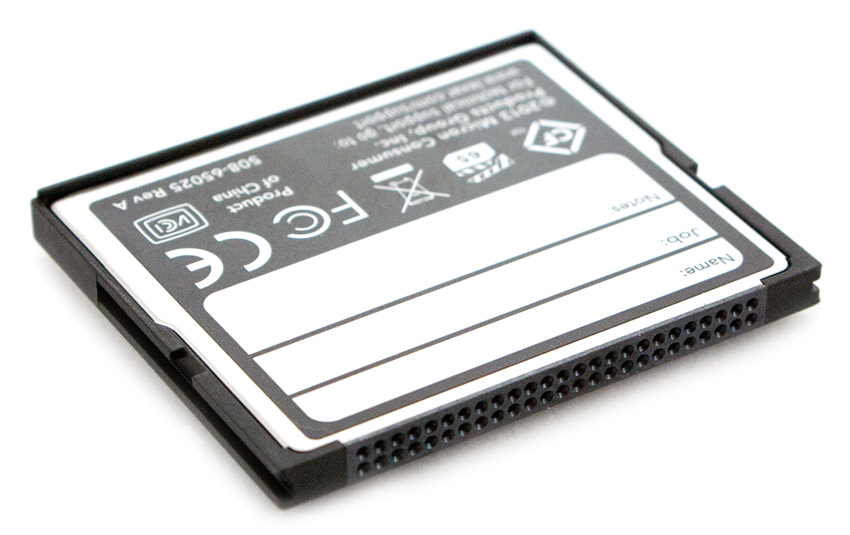
5) Up to date camera firmware & software ( Capture One 9.x or Phocus 3.x )
If you are renting only a digital back or camera body and not an entire system you want to insure that your equipment is running the appropriate firmware that will allow the equipment to work together flawlessly. Checking your computers software to insure that you are running the latest versions to avoid any conflicts when tethering or reviewing images is also important. Trying a new camera for the first time outside of your normal workflow could mean updating to the latest operating system and software version. These are things that should be considered when thinking ahead and planning your next job. This step is often overlooked and puts shooters in a bad spot when they need to upgrade their software the day before or day of their job.

Link to recommended camera firmware and software versions